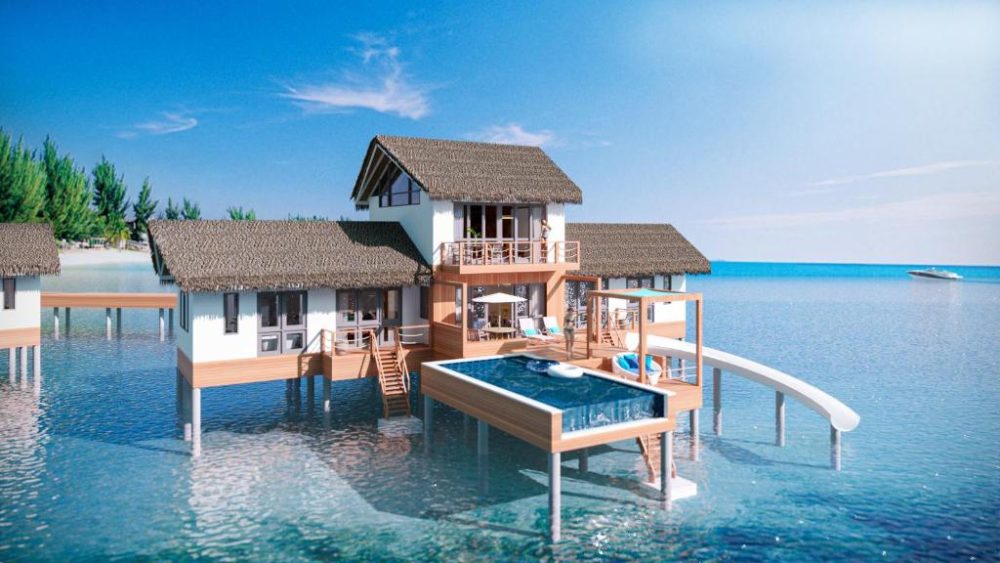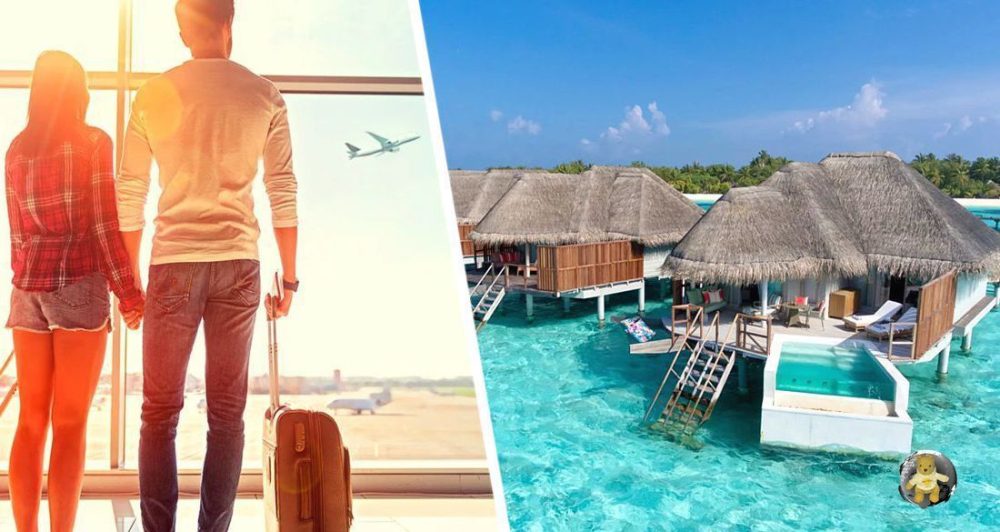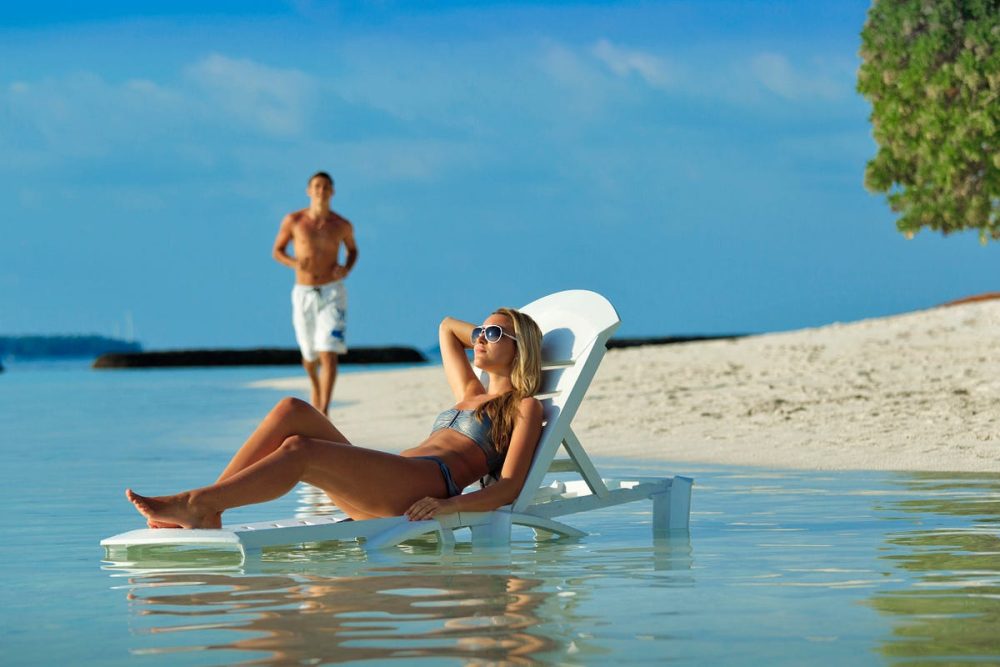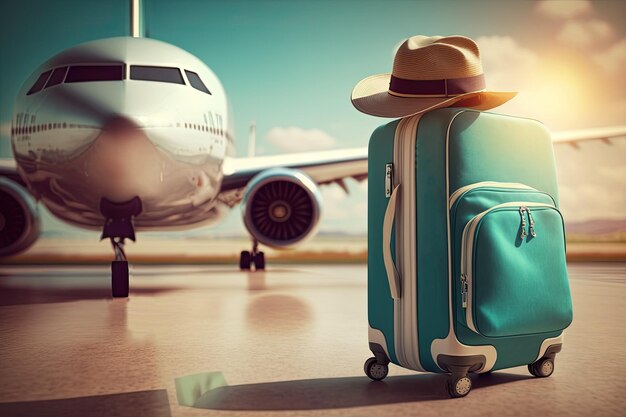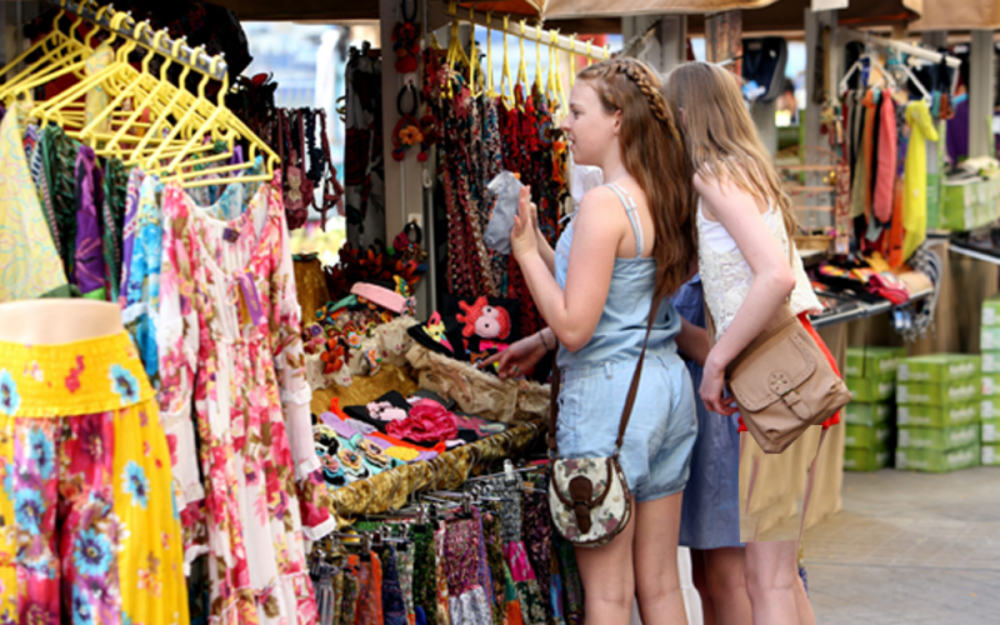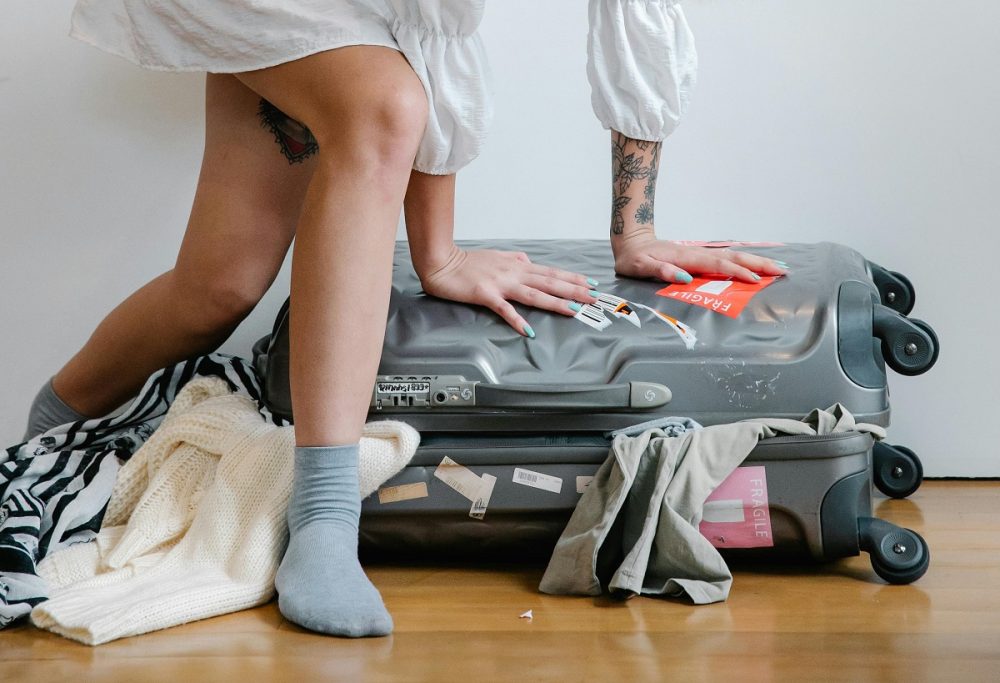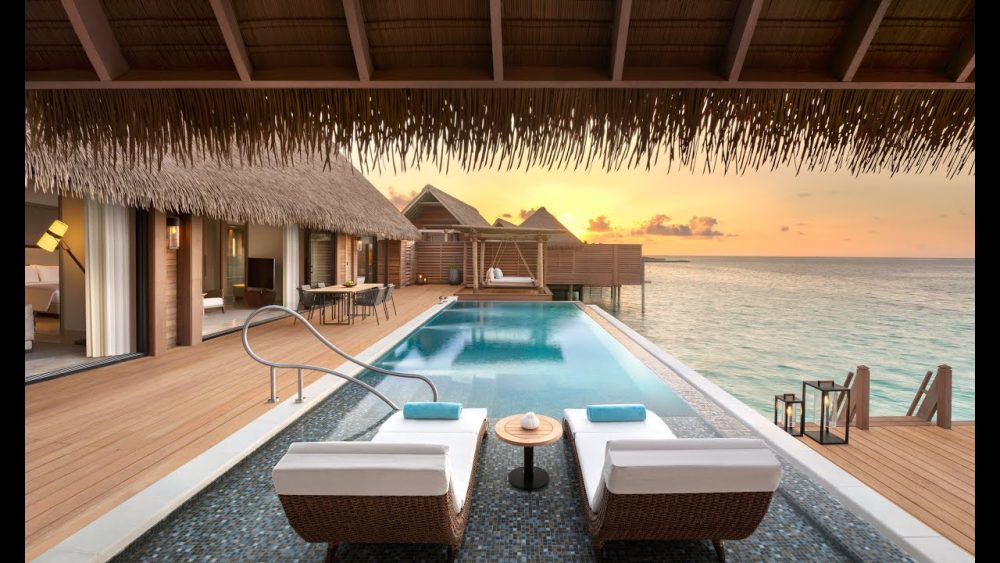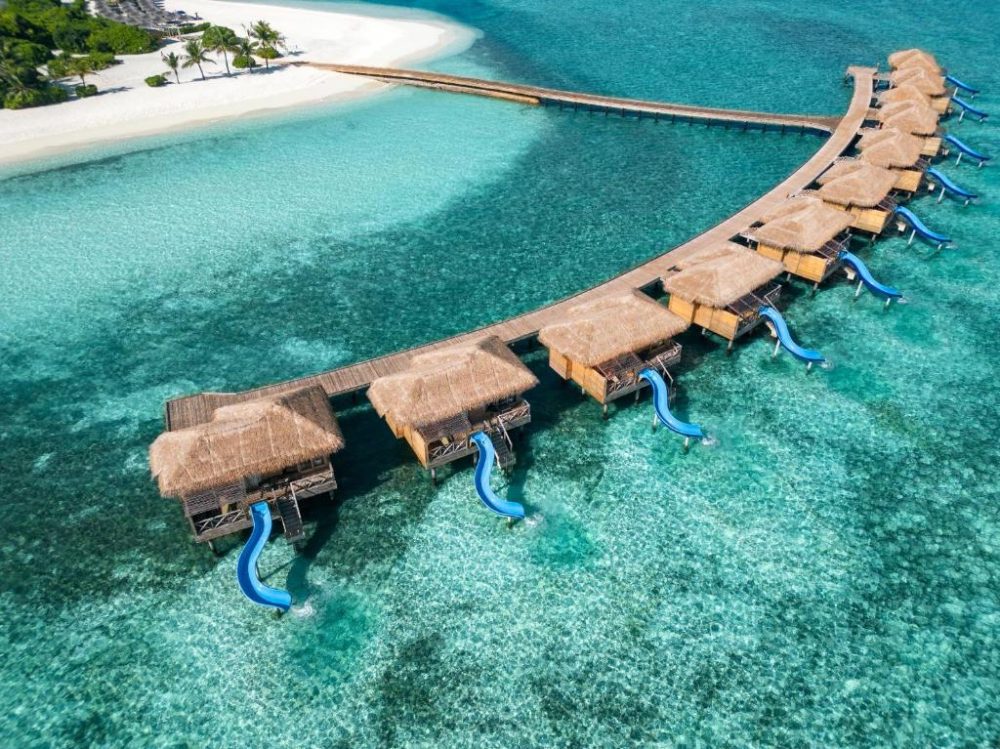The best hotels in the Maldives are not just hotels with beautiful views, but real heavenly corners where dreams come true. White sandy beaches, turquoise ocean, overwater bungalows, and top-notch service turn a trip to the islands into an unforgettable vacation. What to choose? Where to stay? Let’s figure it out.
Gili Lankanfushi Maldives
Gili Lankanfushi is the epitome of luxury over water. It is recognized as one of the most romantic hotels for honeymooners. Guests can enjoy spacious villas located right above the water, allowing them to savor the unique ocean view.
The best overwater hotels in the Maldives offer unique entertainment, and Gili Lankanfushi is no exception:
- underwater restaurant – dine while watching marine life;
- yoga sessions on the water – meditative practices with a view of the endless horizon;
- open-air cinema – a wonderful experience of watching movies under the starry sky;
- private cruises – an evening on a yacht with champagne and exotic fruits.
According to tourist reviews, the hotel is perfect for romantic getaways and peaceful retreats when you want to be alone with nature.
Soneva Fushi
A place for gourmets and nature lovers. This unique resort in the Maldives combines the comfort of 5-star hotels with natural harmony. Villas are nestled in greenery, and the restaurants offer dishes made from farm produce and wine tasting.
Here, the “no shoes” policy allows you to feel at one with nature. Sea lovers can go on excursions to see dolphins in the ocean or explore coral reefs.
Baros Maldives
Baros Maldives is the perfect place for romance. When it comes to the best hotels in the Maldives, this one deserves special attention. Minimalist design, premium service, and exquisite cuisine make the resort an ideal place for honeymooners. Guests can enjoy:
- individual romantic ceremonies;
- private glass-bottom boat rides;
- diving and exploring picturesque reefs.
Baros Maldives is perfect for a secluded retreat in an atmosphere of romance and elegance.
One&Only Reethi Rah
The resort stands out among all-inclusive hotels with an exceptional level of comfort.
Villas with private pools, personal butlers, and exclusive gastronomic experiences make it the number one choice for discerning travelers. Guests can enjoy beach yoga, boat excursions, personalized spa treatments, and diving lessons.
One&Only Reethi Rah offers a kids’ club, making it an ideal place for family vacations.
Velaa Private Island
Velaa Private Island offers VIP-style relaxation. Many 5-star hotels in the Maldives provide a high level of comfort, but Velaa Private Island goes beyond standard expectations.
A private island where guests are greeted by personal butlers, yachts, golf courses, and restaurants with signature cuisine. The hotel is designed for VIP relaxation and romantic honeymoon getaways.
Anantara Dhigu Maldives Resort
Anantara Dhigu Maldives Resort is the best choice among hotels for family vacations. It offers entertainment for the whole family: kids’ club, animation programs, family excursions, and snorkeling lessons.
Spacious villas provide comfortable accommodation, and the soft sandy beach by the ocean is perfect for children’s games.
Four Seasons Maldives at Landaa Giraavaru
Underwater world enthusiasts will appreciate this resort as one of the best for diving. In underwater journeys, you can encounter rare manta rays and sea turtles.
The Four Seasons Maldives at Landaa Giraavaru has a marine biology center where guests can get closer to the amazing ocean fauna.
LUX South Ari Atoll
The resort holds a leading position among all-inclusive hotels. Guests can enjoy numerous restaurants, evening entertainment, beach parties, and various sports activities.
The most popular excursion is swimming with whale sharks – a unique opportunity to connect with marine nature.
Prices for the best hotels in the Maldives in 2025: how much does a dream vacation cost?
The cost of staying at the best hotels in the Maldives depends on the resort level, season, and services offered. In 2025, the pricing policy will vary as follows:
- Budget hotels (3 stars) – from $200 to $400 per night. These hotels are often located on local islands, offering cozy rooms, simple but tasty cuisine, and access to beautiful beaches;
- Comfortable hotels (4 stars) – from $500 to $900 per night. Beachfront hotels offer spacious bungalows, pools, and restaurants with international cuisine;
- Premium resorts (5 stars) – from $1000 to $5000 per night. Guests can enjoy villas with private pools, gourmet restaurants, spa treatments, and entertainment programs;
- Exclusive villas on private islands – from $5000 to $25000 per night. The best overwater hotels in the Maldives offering complete seclusion, personalized service, individual excursions, and diving opportunities.
The suitable option should be chosen based on personal preferences and budget considerations.
Is it worth booking in advance?
The best hotels in the Maldives offer a high level of service and a variety of leisure options, but the trip cost depends on many factors. Seasonality plays a key role: prices are highest in the warm season and lower in the cold season. The type of meal plan also affects the budget, especially when it comes to 5-star options.
The location determines the convenience of transfers: hotels for family vacations are often located on large islands, while villas for honeymooners are on secluded atolls, which are more expensive to reach. Additional services such as diving, private cruises, or dining in underwater restaurants also increase the overall costs.
In 2025, the demand for beachfront hotels remains high, so it’s better to book your trip in advance. The optimal planning period is 6-8 months before the trip.
Prices depend on the level of comfort and season, but tourist reviews confirm that a vacation in the Maldives is worth the investment!

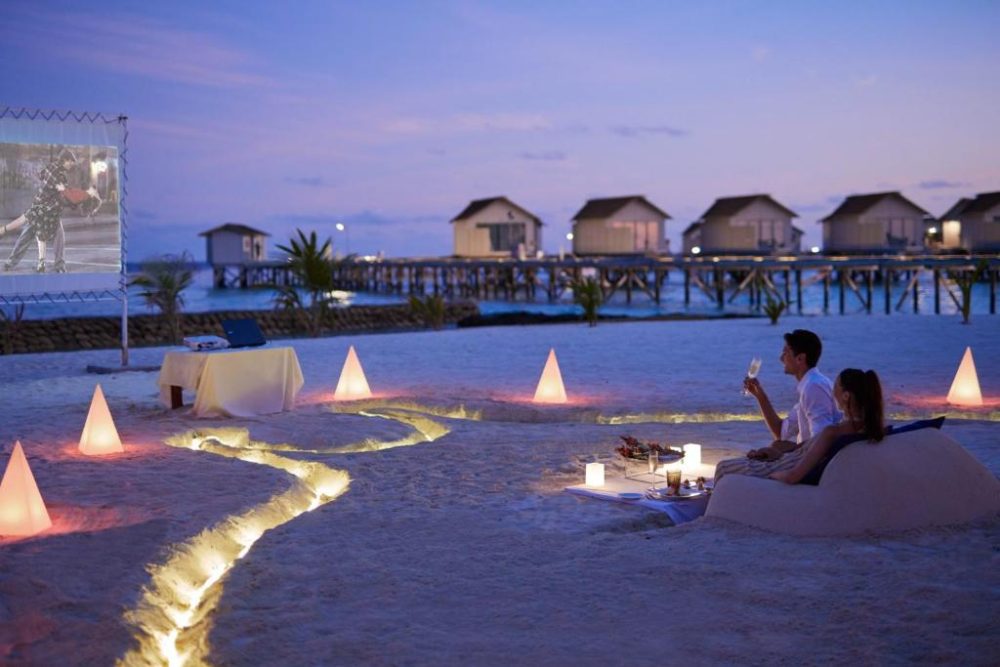
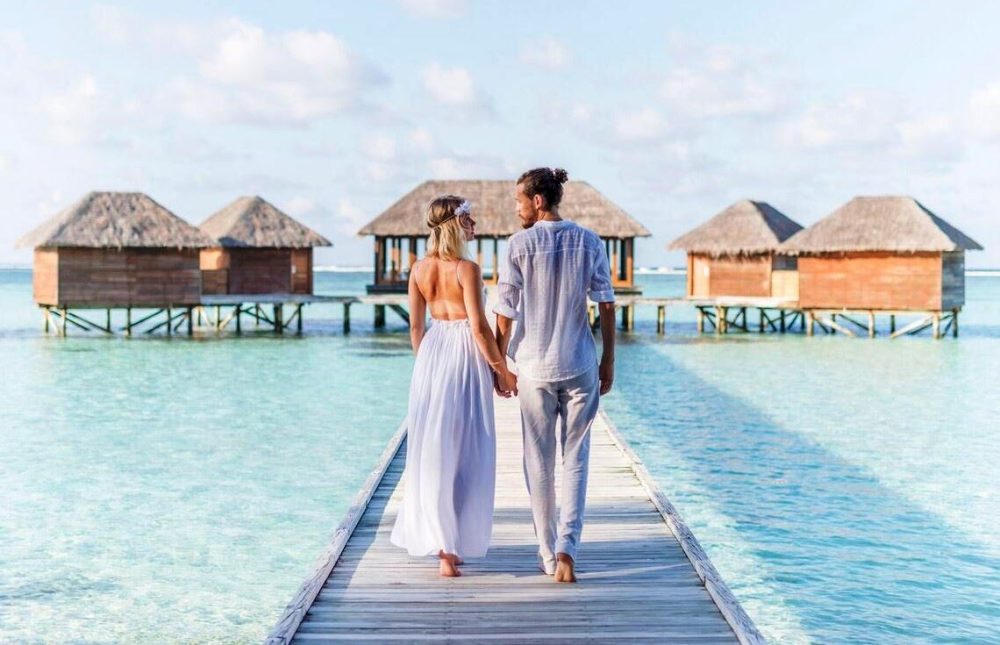
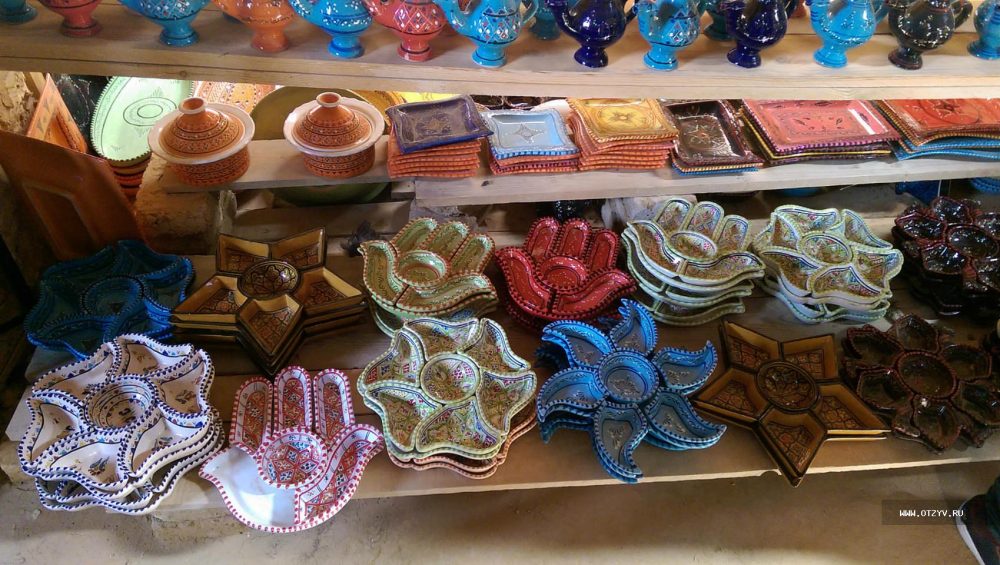
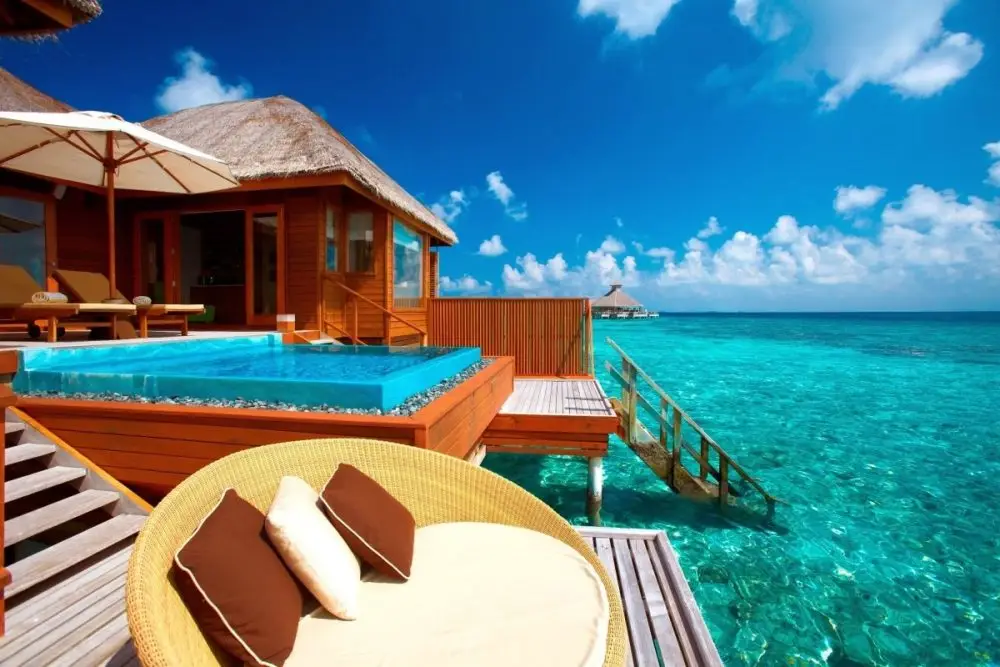
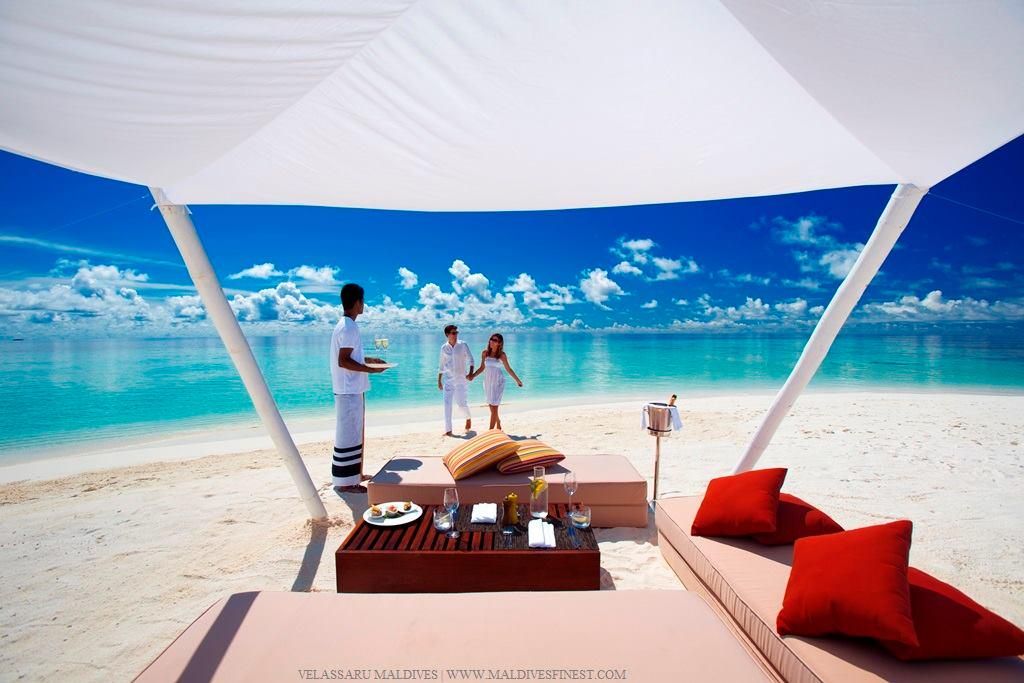 Confidentiality in the Maldives is not sold by promises but by results. Here, representatives of Arab royal families, Hollywood stars, and investment fund owners vacation.
Confidentiality in the Maldives is not sold by promises but by results. Here, representatives of Arab royal families, Hollywood stars, and investment fund owners vacation.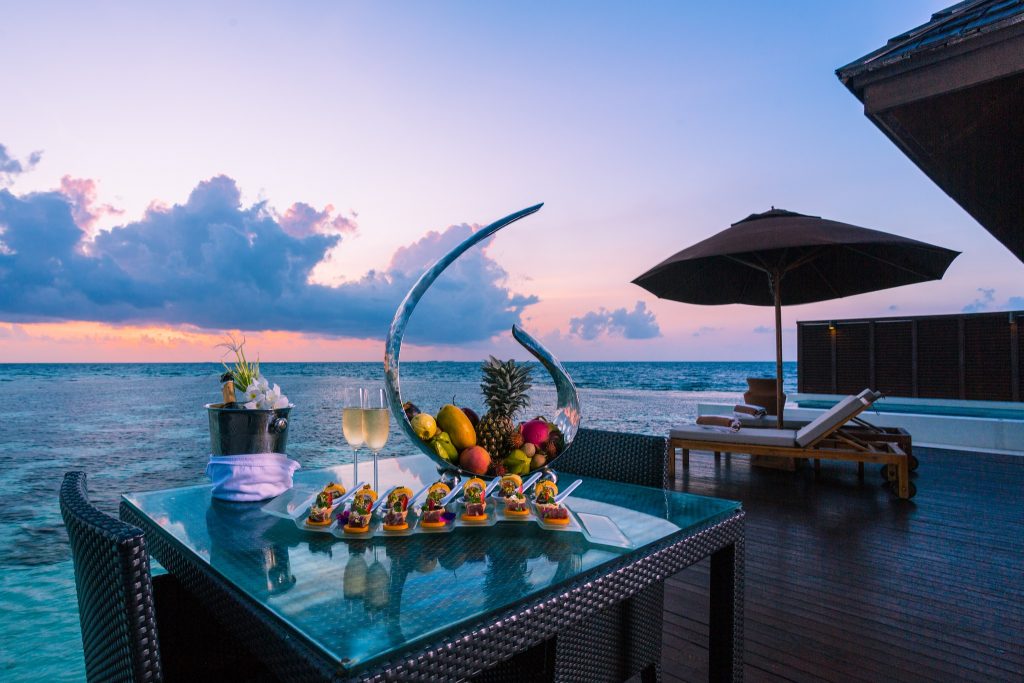 VIP vacation in the Maldives is not just a vacation but a unique experience created specifically for you. There is no place for universality here, only a pinpoint approach to every detail. From secluded villas and private beaches to exquisite SPA procedures and underwater restaurants—each element is carefully thought out to enhance the value of the moment. On these islands, a vacation ceases to be a mere pause; it becomes a new, unique script of your life. This is a choice for those who seek more than the standard.
VIP vacation in the Maldives is not just a vacation but a unique experience created specifically for you. There is no place for universality here, only a pinpoint approach to every detail. From secluded villas and private beaches to exquisite SPA procedures and underwater restaurants—each element is carefully thought out to enhance the value of the moment. On these islands, a vacation ceases to be a mere pause; it becomes a new, unique script of your life. This is a choice for those who seek more than the standard.